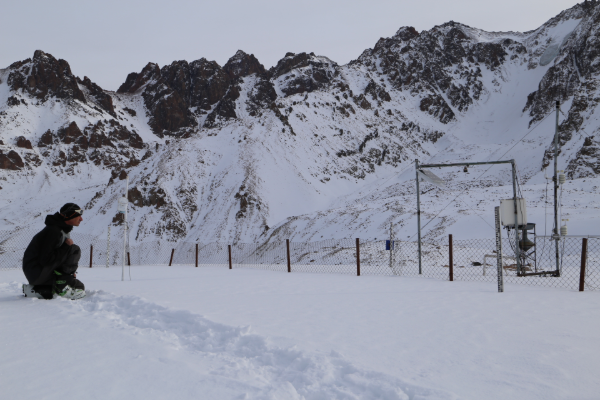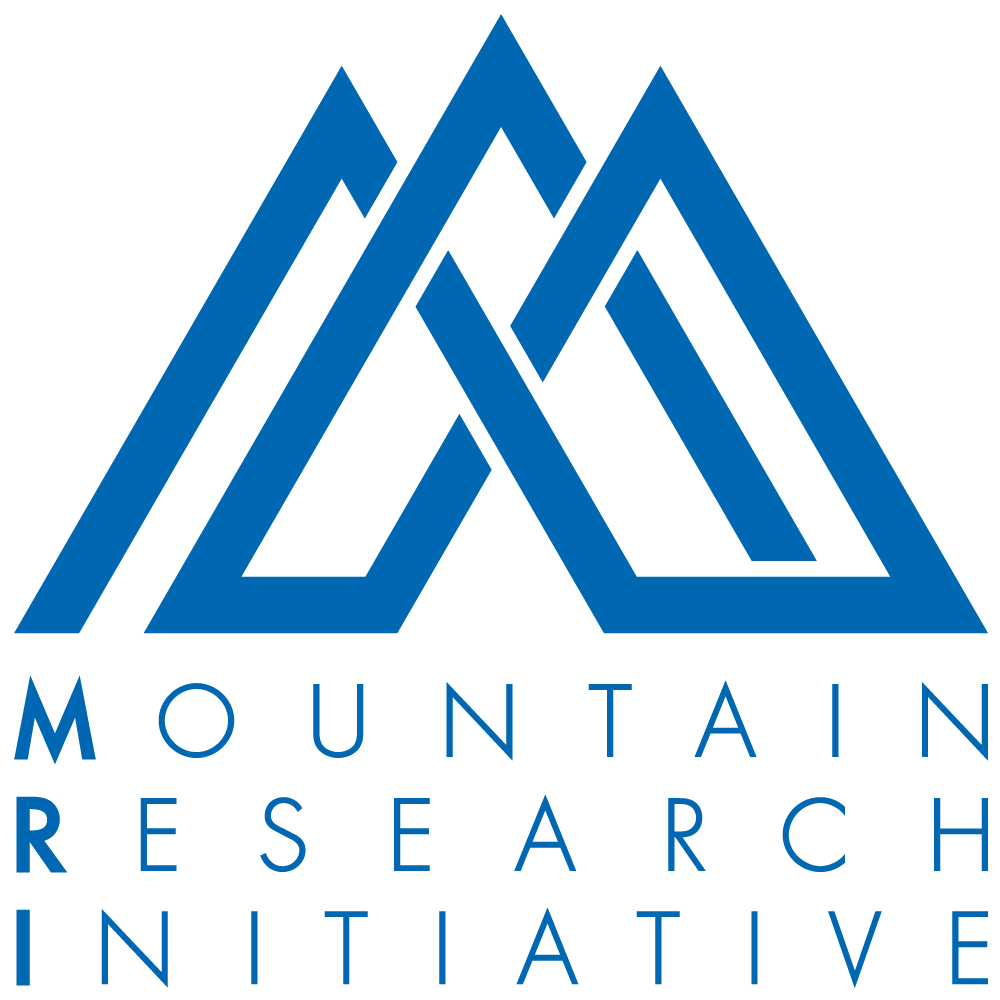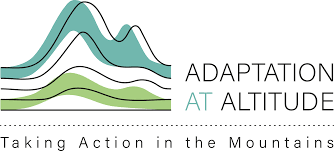Central Asia Mountain Observatory Network (CAMON) & University of Reading (UK)
The project aimed to improve monitoring and management of the data generated by the Central Asia Mountain Observatory Network (CAMON), which consists of five observatories located in the mountains of Kazakhstan, Kyrgyzstan, Uzbekistan, and Tajikistan. CAMON delivers historical and contemporary data sets featuring many Essential Climate Variables / Essential Mountain Climate Variables. These data sets provide invaluable information about climate change and its impact on mountain environments. However, to date the lack of metadata and standardization in data processing and analysis limited their implementation.
The project first generated detailed metadata about CAMON observations and made it available, helping to enhance the exchange of data and associated capacities both within and beyond the network. It also produced tools for quality control and homogenisation of large data sets generated by automated monitoring systems, which can be used by CAMON and the wider community. The project additionally focused on the compilation, homogenisation, and analysis of historical snow datasets, since snow is a key contributor to runoff in Central Asia, and its meltwater sustains agricultural production in the dry vegetative season. Snowpacks have been monitored in Central Asia since the 1930s but long-term observations of snow depth and snow water equivalent (SWE) were not previously widely available. The project compiled and analysed observational snow cover data sets from multiple stations covering a range of elevations, from the plains to 3,500 m above sea level.
Main outputs:
The main output of the project is a dedicated website for CAMON.
In addition, software for the quality control of data collected using automatic weather stations (AWS) is expected to be published and made available via the CAMON portal in April 2024. Quality-controlled AWS data series, and digitised and homogenised historical snow data from over 20 stations (dating back to the beginning of the 20th Century, including both snow depth and SWE), are currently in preparation, alongside two publications. This page will be updated as those resources become available.
The resources generated by the project will be included in the next version of the GEO Mountains General Inventory, with the monitoring stations included in the In Situ Inventory (if not already).
Contact: Prof. Maria Shahgedanova, Department of Geography and Environmental Science, University of Reading: m.shahgedanova [at] reading.ac.uk
Image from Maria Shahgedanova








